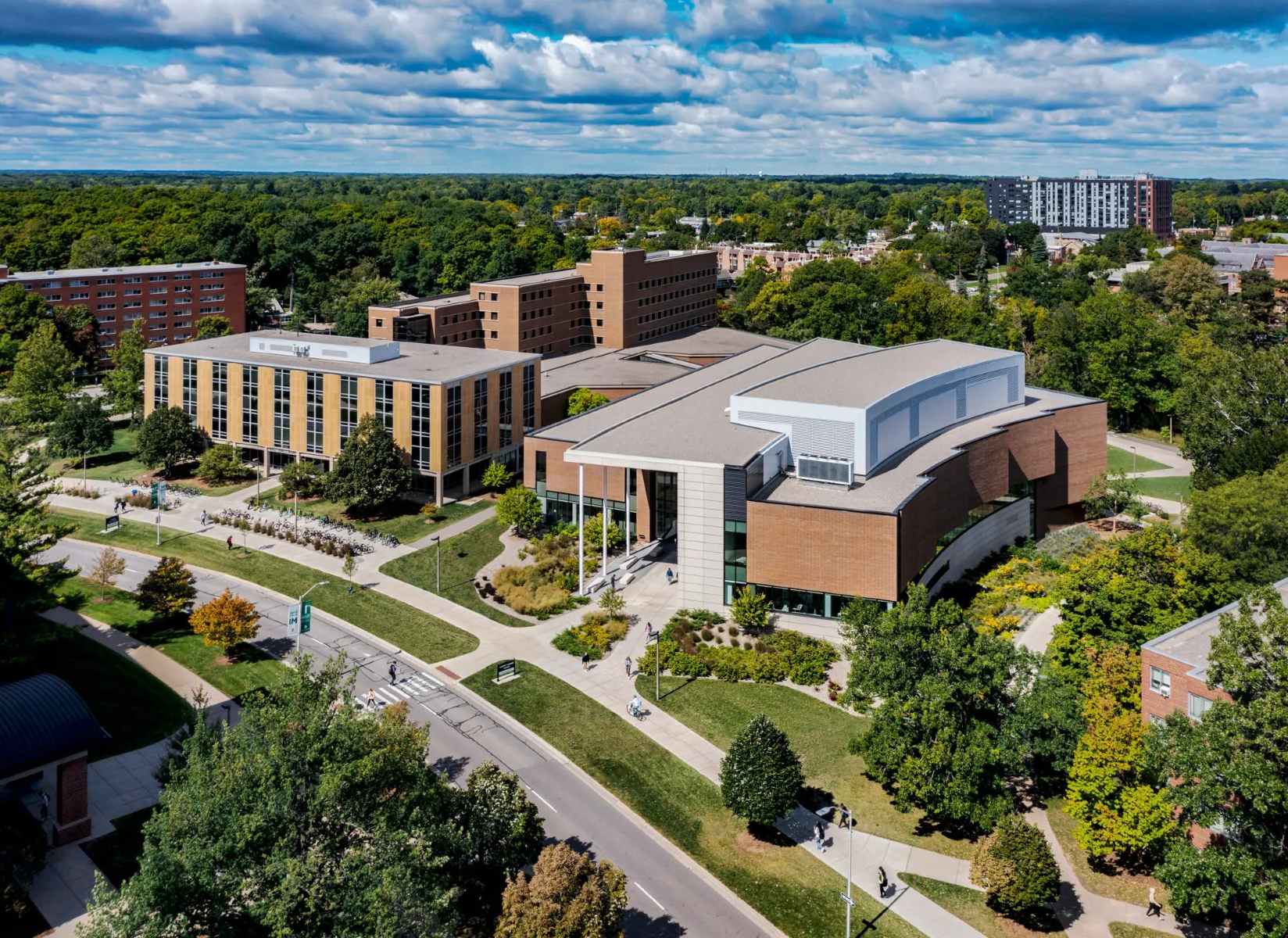
Nijmegen Breakage Syndrome (NBS) is a rare genetic disorder that affects around 1 in 100,000 newborns globally, with a higher prevalence in Eastern European Slavic populations. Caused by mutations in the NBN gene, this condition leads to a range of symptoms including microcephaly, distinctive facial features, short stature, and immunodeficiency. Individuals with NBS are also highly sensitive to radiation and have a significantly increased risk of developing various cancers, especially non-Hodgkin lymphoma. Diagnosing NBS involves clinical evaluation and genetic testing. Understanding the complexities of NBS is crucial for managing its symptoms and improving the quality of life for those affected.
Key Takeaways:
- Nijmegen Breakage Syndrome (NBS) is a rare genetic disorder affecting 1 in 100,000 newborns, causing physical, developmental, and immune system challenges, and increasing the risk of cancer, especially in Slavic populations.
- Early diagnosis, genetic testing, and proactive management are crucial for individuals with Nijmegen Breakage Syndrome (NBS) to receive appropriate care, support, and interventions to improve their quality of life and reduce the risk of complications.
What is Nijmegen Breakage Syndrome?
Nijmegen Breakage Syndrome (NBS) is a rare genetic disorder that affects many aspects of a person's health. It is most commonly found in certain populations and has a variety of symptoms that can affect daily life.
-
Definition and Prevalence: NBS affects about 1 in 100,000 newborns globally. It is most common in Slavic populations of Eastern Europe, especially in Czech and Polish communities.
-
Genetic Basis: The disorder is caused by mutations in the NBN (NBS1) gene on chromosome 8q21. Most patients have a specific 5-base pair deletion in exon 6 of this gene.
Clinical Manifestations
NBS presents with a range of clinical features that can be identified early in life. These symptoms can affect physical appearance, growth, and immune function.
-
Microcephaly: A small head size noticeable from birth, which becomes more apparent as the child grows.
-
Distinctive Facial Features: These include a sloping forehead, prominent nose, large ears, small jaw, and upslanting palpebral fissures (the corners of the eyes pointing upward).
-
Short Stature: Affected individuals often grow slowly during infancy and early childhood but may grow at a normal rate later on, remaining shorter than their peers.
-
Immunodeficiency: A malfunctioning immune system with low levels of immunoglobulin G (IgG) and immunoglobulin A (IgA), and a shortage of T cells, leading to recurrent infections such as bronchitis, pneumonia, and sinusitis.
-
Radiation Sensitivity: Individuals with NBS are highly sensitive to radiation, which can exacerbate their condition.
-
Increased Risk of Cancer: There is a significantly increased risk of developing lymphoid malignancies, such as non-Hodgkin lymphoma, as well as other cancers like medulloblastoma and rhabdomyosarcoma.
Intellectual and Developmental Challenges
NBS can also affect intellectual development and learning abilities. Early intervention and support can make a significant difference.
-
Intellectual Disability: Intellectual development is generally normal in the first two years of life but then becomes delayed. Most affected individuals have mild to moderate intellectual disability, requiring educational support and potentially attending special education classes or schools.
-
Speech Development Delay: Delayed speech development is common in children with NBS. Speech therapy may be necessary to correct articulation problems and improve communication skills.
-
Educational Support: Most patients with intellectual disability require educational support. This can include attending special education classes or schools to ensure they receive appropriate educational resources.
Recurrent Infections and Immune System Issues
The immunodeficiency associated with NBS leads to frequent and sometimes severe infections. Managing these infections is crucial for maintaining health.
-
Recurrent Infections: The immunodeficiency associated with NBS leads to recurrent respiratory tract infections, which can be severe and require frequent hospitalizations. These infections include pneumonia, sinusitis, and other upper respiratory tract infections.
-
Immunoglobulin Deficiency: Individuals with NBS have low levels of immunoglobulin G (IgG) and immunoglobulin A (IgA), which contributes to their immunodeficiency and increased susceptibility to infections.
-
T Cell Deficiency: A shortage of T cells further exacerbates the immunodeficiency in NBS, making affected individuals more prone to infections and other immune-related complications.
-
Recurrent Infections Management: Recurrent infections are a significant challenge for individuals with NBS. Frequent hospitalizations and aggressive treatment of infections are often necessary to manage these complications.
-
Immunodeficiency Treatment: Treatment for immunodeficiency involves managing infections aggressively and potentially using immunoglobulin replacement therapy to boost immune function.
Cancer Risk and Management
Individuals with NBS have a higher risk of developing various cancers. Early detection and treatment are vital.
-
Cancer Risk: Individuals with NBS are at a high risk of developing cancer, particularly lymphoid malignancies. Approximately half of all individuals with NBS develop non-Hodgkin lymphoma before the age of 15. Other cancers such as medulloblastoma and rhabdomyosarcoma are also more common in this population.
-
Brain Tumors: Other cancers such as medulloblastoma and glioma are also more prevalent in this population. The increased risk of brain tumors is a serious concern for individuals with NBS.
-
Rhabdomyosarcoma: Rhabdomyosarcoma, a cancer of muscle tissue, is another malignancy that individuals with NBS are at a higher risk for developing.
-
Cancer Management: Early detection and management of cancer are critical in NBS. This includes regular screening, prompt treatment of malignancies, and potentially using hematopoietic stem cell transplantation (HSCT) to reduce cancer risk.
-
Hematopoietic Stem Cell Transplantation: Hematopoietic stem cell transplantation (HSCT) has been shown to positively affect the natural history of cancer in NBS. This procedure can help restore immune function and reduce cancer risk.
Diagnostic Criteria and Genetic Testing
Accurate diagnosis and genetic testing are essential for identifying NBS and providing appropriate care.
-
Diagnostic Criteria: Diagnosis is primarily based on clinical presentation and confirmed by genetic testing. The presence of microcephaly, distinctive facial features, and immunodeficiency are key diagnostic criteria. Genetic analysis to identify mutations in the NBN gene is essential for confirming the diagnosis.
-
Genetic Testing: Genetic testing involves analyzing the NBN gene for mutations. The most common mutation is the 5-base pair deletion (c.657_661del5) in exon 6. Other mutations may also be present, and compound heterozygosity or unique mutations can occur in various ethnic groups.
-
Consanguineous Matings: NBS can be inherited from consanguineous parents, where there is a higher risk of inheriting recessive genetic disorders due to the increased likelihood of both parents carrying the same mutated gene.
-
Founder Effect: The condition is more prevalent in certain populations due to a founder effect, where a single ancestral mutation becomes common in a specific geographic region. This is particularly evident in Czech and Polish populations.
-
Unique Mutations: Unique mutations in the NBN gene have been identified in various ethnic groups. These mutations can result in different clinical presentations and severity of the condition.
-
Compound Heterozygosity: Compound heterozygosity, where an individual inherits two different mutations in the NBN gene, can also occur. This can lead to varying degrees of severity and clinical manifestations.
Family Planning and Genetic Counseling
For families affected by NBS, understanding the genetic basis and planning for the future is crucial.
-
Genetic Counseling: Genetic counseling is crucial for families affected by NBS. It helps in understanding the genetic basis of the condition and provides guidance on reproductive options.
-
Prenatal Diagnosis: Prenatal diagnosis is possible through genetic testing. This can help families prepare for the birth of a child with NBS and make informed decisions about their reproductive choices.
-
Maternal Isodisomy: A rare case of NBS due to maternal isodisomy of chromosome 8 has been reported. This highlights the complexity of genetic inheritance in this condition.
-
Family Planning: Family planning is crucial for families affected by NBS. Genetic counseling and prenatal testing can help families make informed decisions about their reproductive choices and prepare for the birth of a child with NBS.
Managing Daily Life with NBS
Living with NBS involves managing various aspects of health and ensuring a good quality of life.
-
Radiation Avoidance: Given the increased sensitivity to radiation, individuals with NBS should avoid exposure to radiation whenever possible. This includes avoiding unnecessary medical imaging procedures.
-
Cancer Screening: Regular cancer screening is essential for early detection and management of malignancies. This includes regular check-ups and potentially more frequent screenings for lymphoid malignancies.
-
Educational Support Importance: Educational support is essential for individuals with intellectual disability due to NBS. Special education classes or schools can provide the necessary resources and accommodations to ensure their educational development.
-
Speech Therapy Benefits: Speech therapy can significantly improve communication skills in children with delayed speech development due to NBS. Early intervention is crucial for optimal outcomes.
-
Immunoglobulin Replacement Therapy: Immunoglobulin replacement therapy can help boost immune function in individuals with NBS. This treatment is particularly useful for managing recurrent infections and improving overall health.
-
Radiation Avoidance Measures: Avoiding unnecessary medical imaging procedures and minimizing exposure to radiation are essential measures for individuals with NBS. This helps reduce the risk of radiation-induced complications.
-
Genetic Testing Accuracy: Genetic testing is highly accurate for diagnosing NBS. The identification of mutations in the NBN gene provides a definitive diagnosis and helps in understanding the genetic basis of the condition.
-
Prenatal Genetic Testing: Prenatal genetic testing can identify mutations in the NBN gene, allowing for early diagnosis and preparation for the birth of a child with NBS. This is particularly important for families with a history of the condition.
-
HSCT Outcomes: Hematopoietic stem cell transplantation has been shown to positively affect the natural history of cancer in NBS. This procedure can help restore immune function and reduce cancer risk, improving overall health outcomes.
Global Prevalence and Awareness
Understanding the global prevalence of NBS can help in providing better care and support for affected individuals and families.
-
Global Prevalence: Nijmegen Breakage Syndrome is a rare condition that affects populations worldwide, with an increased prevalence in Slavic populations of Eastern Europe. Understanding its global prevalence is essential for providing comprehensive care and support to affected individuals and families.
-
Cancer Risk Factors: The increased risk of cancer in NBS is multifactorial, including chromosomal instability, immunodeficiency, and radiation sensitivity. These factors combined increase the likelihood of developing malignancies.
-
Immune System Abnormalities: Immune system abnormalities in NBS include low levels of IgG and IgA, and a shortage of T cells. These abnormalities significantly increase the risk of recurrent infections and other immune-related complications.
-
Recurrent Infections Complications: Recurrent infections can lead to severe complications, including respiratory failure, sepsis, and other life-threatening conditions. Aggressive management of infections is crucial to prevent these complications.
-
Cancer Management: Early detection and management of cancer are critical in NBS. This includes regular screening, prompt treatment of malignancies, and potentially using HSCT to reduce cancer risk.
Understanding Nijmegen Breakage Syndrome
Nijmegen Breakage Syndrome (NBS) is a rare genetic disorder with serious implications. It affects about 1 in 100,000 newborns, mainly in Eastern Europe. Caused by mutations in the NBN gene, NBS leads to microcephaly, distinctive facial features, immunodeficiency, and a high risk of cancer, especially non-Hodgkin lymphoma. Early diagnosis through genetic testing is crucial. Managing NBS involves aggressive treatment of infections, avoiding radiation, and regular cancer screenings. Hematopoietic stem cell transplantation can improve outcomes. Educational support and speech therapy are essential for those with intellectual disabilities. Genetic counseling helps families understand their risks and options. Though challenging, understanding and managing NBS can significantly improve the quality of life for affected individuals.
Frequently Asked Questions
Was this page helpful?
Our commitment to delivering trustworthy and engaging content is at the heart of what we do. Each fact on our site is contributed by real users like you, bringing a wealth of diverse insights and information. To ensure the highest standards of accuracy and reliability, our dedicated editors meticulously review each submission. This process guarantees that the facts we share are not only fascinating but also credible. Trust in our commitment to quality and authenticity as you explore and learn with us.


